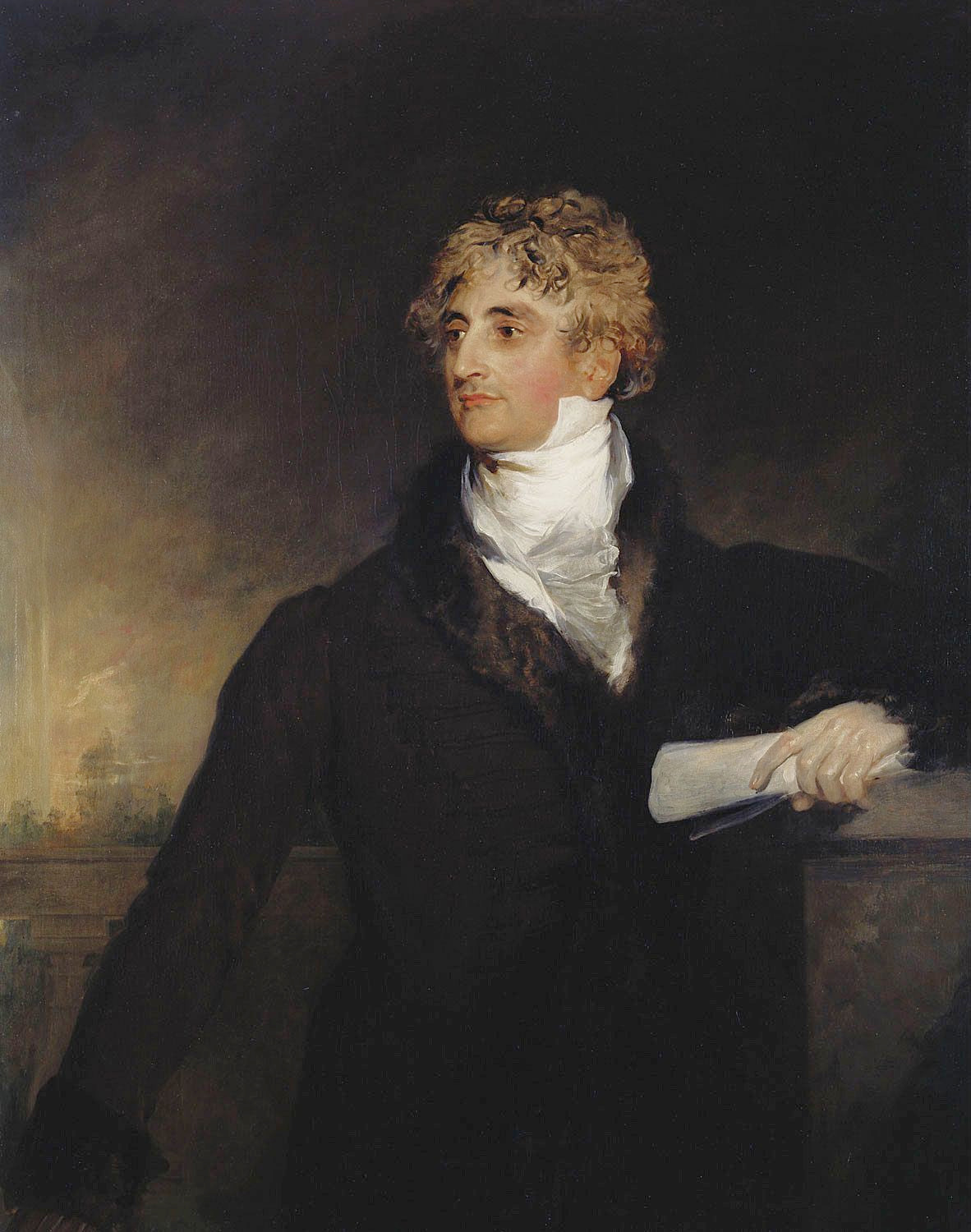Richelieu had first responded to the epidemic by assigning information-gatherers to neighborhoods, to gauge the number of ill, and if it was spreading. Of course it was, but information is power. When that information turned out to be abysmal, he ordered the quarantine of the entire city: no person was to come into the city from a ship without waiting twenty-four days. With cargo or merchandise, that person was made to stay outside the harbor for twelve weeks. Deaths still soared, reported upwards of twenty a day. It was spreading into the countryside by then, and even cautious physicians were falling victim.
Eventually Richelieu ordered the complete quarantine of the entire city. No one went out, no one went in. All doors and windows were to remain closed, and food was delivered to homes after being sanitized with water or fumigated. Every home was inspected two times a day, and any who were sick were taken out of the city into a separate quarantine location, where they would wait to have the sickness clear or wait until they died-- most did the latter. Prisoners were employed to dig graves for those already dead, and the number was growing by the day. Richelieu had a decision to make.
With only 500 cossacks at his disposal to police the quarantine, he couldn't afford to trust the people to want to stay in it much longer. He made the choice, particularly bad for a port city, to burn the docks, effectively cutting off trade and supplies until the disease cleared and he came up with an easier way to handle the quarantine of new arrivals.
In 1713, he lifted the strictest quarantine, and people were allowed to leave their homes. Those homes who had plague victims inside were torched. However, the quarantine barriers around the city were never removed. In the end, the death toll was over ten percent of the population.
A system was put in place to screen new arrivals for the plague during the tenure of the Governor Voronotsov (whom you'll meet in the next post), modeled after existing systems in other European cities: a lazaretto was built and connected to a man-made "quarantine harbor". All ships would dock their at first, and after going through a medical examination (in which passengers would punch themselves under the arms or groin for signs of the plague while a physician watched) and cleared would spend fourteen days in the Lazaretto.
Merchants in Odessa saw this as a unique opportunity to make money. Lots of money. Each food and goods merchant got only a small amount of time to sell his goods in the Lazarett-- goods such as food that its tenants could not survive without. The merchants inflated their prices sky-high, since there was no choice but to buy it. One seller even renovated the Opera House (built only a few years prior) and offered famous acts from across Europe to play there, to entice the government to let him sell exclusively in the Lazaretto, so much money could be made there.
Just as money could be made off of war, money could be made for the crafty merchants of Odessa from a terrifying epidemic.
The Duc De Richelieu.
(Photo from Wikipedia)
King, Charles. Odessa: Genius And Death In A City Of Dreams. New York: W.W.
Norton & Company, Inc., 2011. N. pag. Amazon Kindle. Web. 4 Apr. 2012.
Norton & Company, Inc., 2011. N. pag. Amazon Kindle. Web. 4 Apr. 2012.

No comments:
Post a Comment